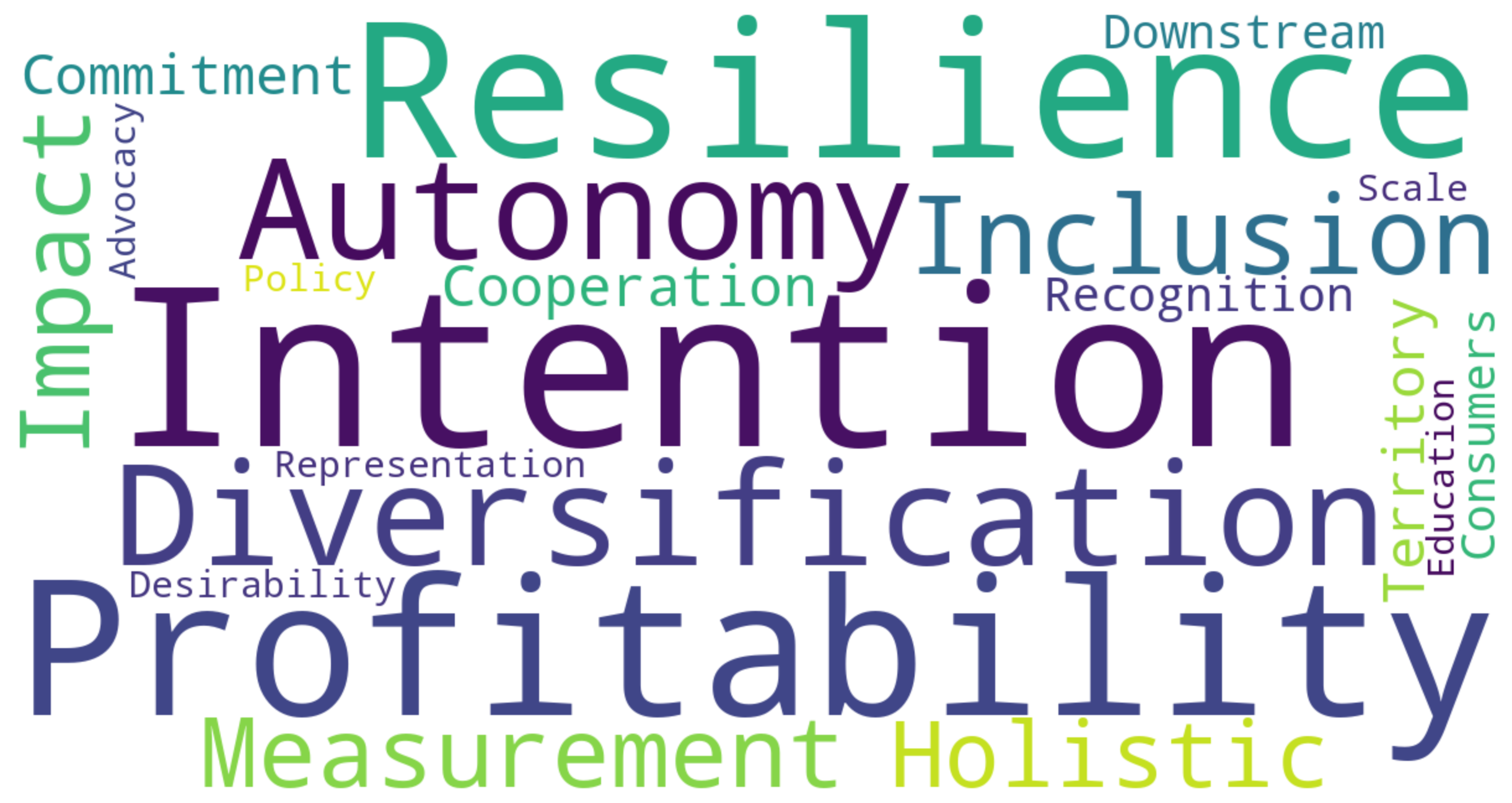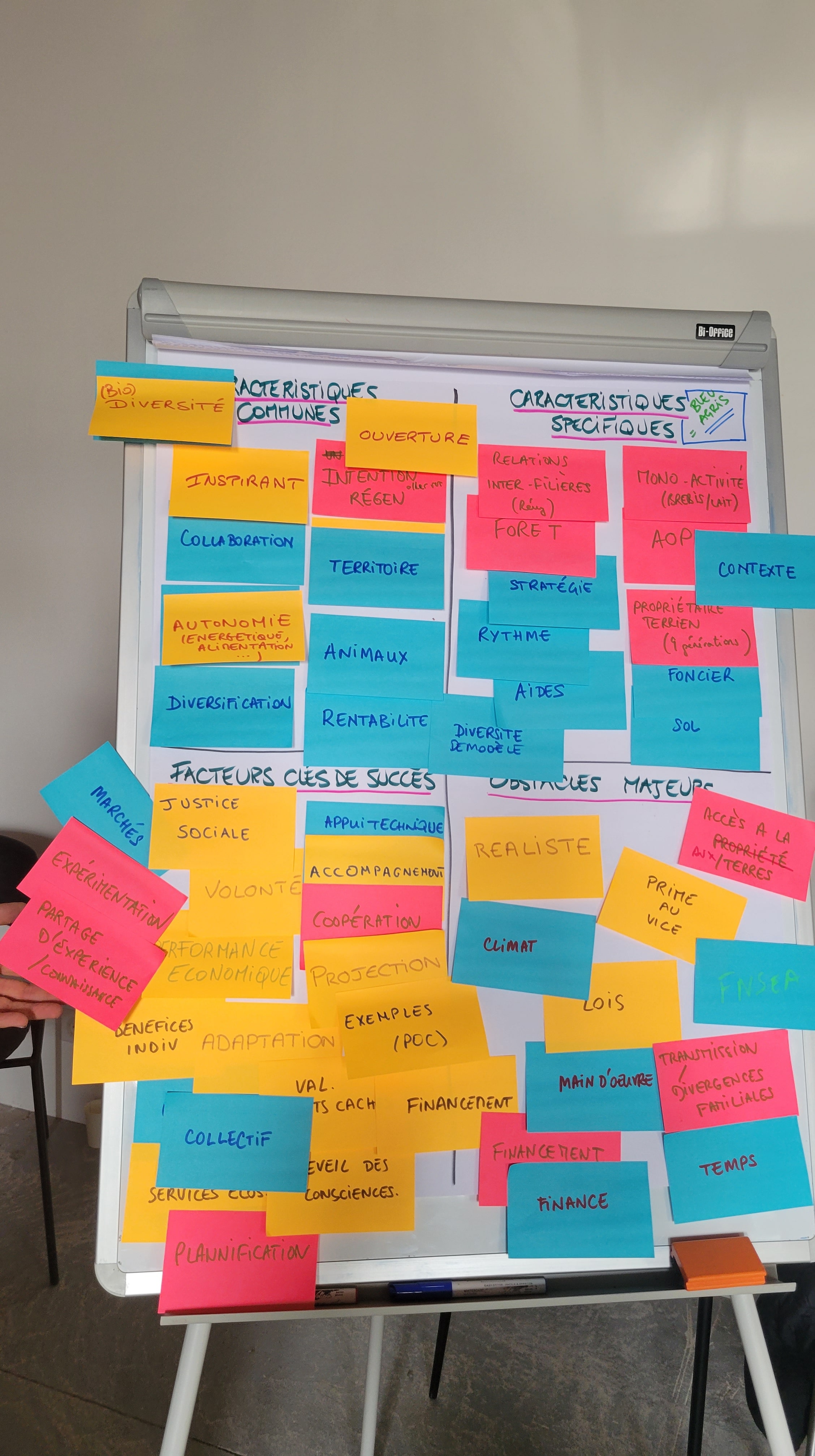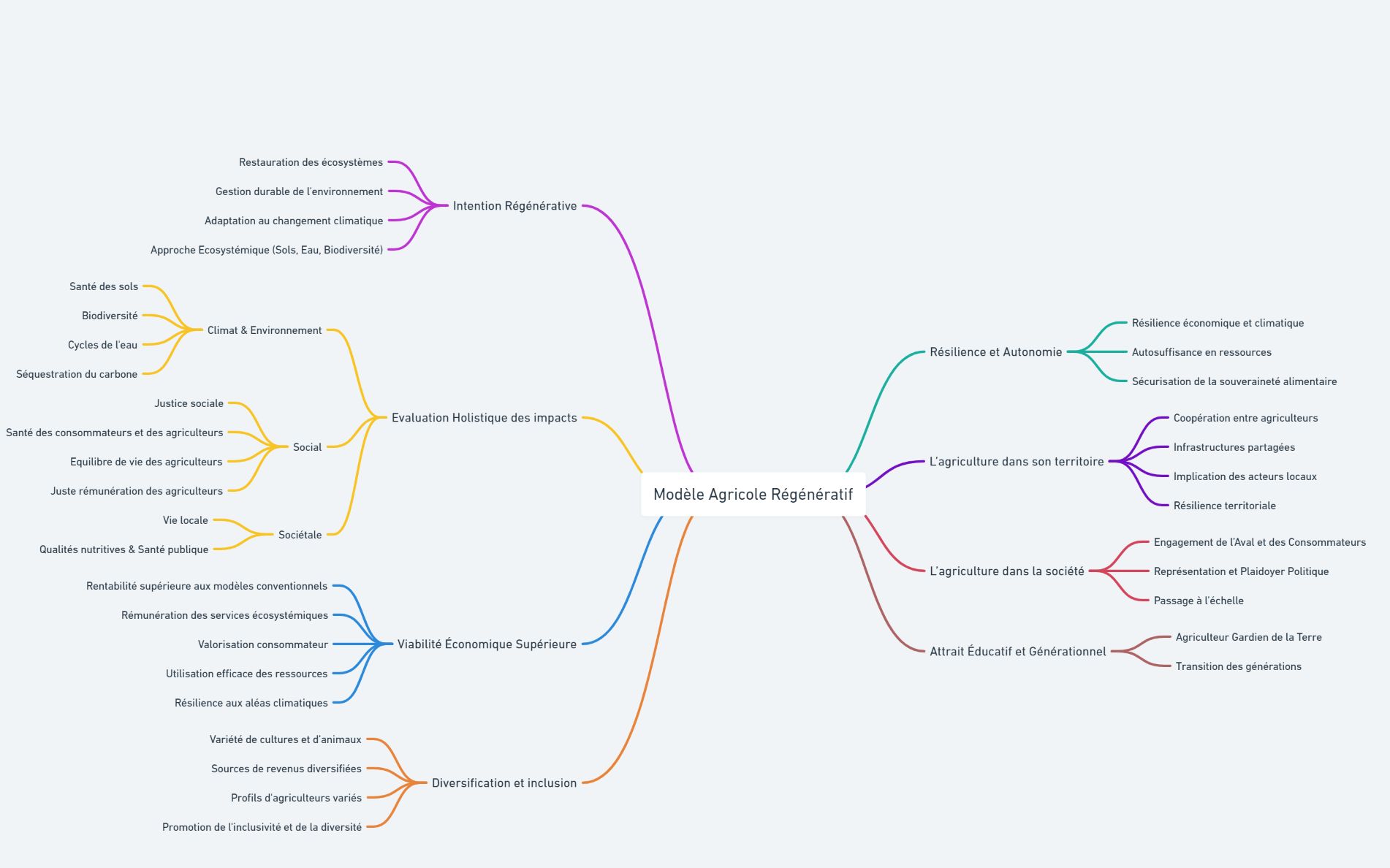Future Harvests: The 10 Defining Features of Farms in the Next Decade

Reflecting on Our Journey to Amandera: Paving the Way for Regenerative Agriculture
In our previous blog post, we shared insights from our enlightening visit to Amandera, where we delved into the challenges and breakthroughs in transitioning to regenerative agriculture. Our discoveries shed light on several key areas:
- Agronomic Challenges: We emphasized the importance of accessing context-based technical expertise over adhering to one-size-fits-all solutions. It's crucial to step away from the minimalistic vision promoted by the agroindustry, embracing a more holistic approach to farming practices.
- Economic Realities: The true cost of authentic regeneration far exceeds the nominal figures often touted by the agroindustry. Transitioning to regenerative practices requires a significant financial commitment, reaching into the thousands, not just hundreds of dollars.
- Social Implications: The potential for social isolation cannot be underestimated. Farming's pivotal role in landscape regeneration needs to be celebrated at the societal level, translating into economic appeal to make the profession more attractive.
The afternoon's objective was ambitious: to craft a vision of agriculture a decade from now, providing inspiration for policymakers and guiding Lively Earth's investment strategy.
A Unified Vision for 2035
Our diverse group of participants—farmers, brands, investors, experts, and distributors—united with a singular goal: to envisage the future of farming. This shared mission underscores the kind of projects Lively Earth aims to support and fund.
The Workshop Unfolds
We embarked on workshops to conceptualize what the farms managed by those in the room could evolve into by 2035. This engaging task, adeptly led by our facilitators Maïwenn Favetto Bon and AnnGaïd Plourde, allowed us to distill the 10 defining features of the agricultural model of the future.
The energy and collective intelligence in these sessions were palpable, as we pooled our visions and expertise to outline a roadmap for sustainable, regenerative agriculture. Our conversation wasn't just about forecasting; it was about commitment to a greener, more inclusive future for farming, echoing the ethos that Lively Earth champions.

Reimagining Agriculture: Crafting the Future of Farming
Our conclusion is that in the quest to redefine the agricultural model, there's an emerging blueprint that promises not just to sustain, but to rejuvenate our planet.
Here's a dive into the future of farming according to our workshop—a vision that intertwines environmental stewardship with economic viability and social equity.
At the Farm Level :
- Regenerative Intentions 🌍: The cornerstone of tomorrow's agriculture prioritizes actions that restore the delicate balance of our living ecosystems. It’s about moving beyond sustainability to actively enhancing the environment, adapting with resilience to climate change.
- Superior Economic Viability 💰: The new age farms aim for profitability that surpasses traditional models, ensuring sustainable financial returns. This involves tapping into ecosystem services, enhancing value to consumers, and optimizing resource use for greater returns.
- Resilience and Autonomy 🛡️: By bolstering economic and climate resilience, and strengthening resource self-sufficiency, these farms secure food sovereignty—a critical goal in our changing world.
- Diverse and Inclusive Agriculture 🌾🤝: Embracing a mix of crops, livestock, income sources, and farmer profiles, the future farm is a beacon of inclusivity and diversity. It represents a united agricultural front, where varied practices coexist harmoniously.
- Holistic Impact Assessment 📊: Evaluating the environmental, climatic, social, and societal impacts in a holistic manner is key. This encompasses biodiversity, soil health, water cycles, carbon sequestration, farmer well-being, social justice, nutritional quality, and human health impacts.
Societal Integration of Agriculture 🏘️:
- Territorial Cooperation and Planning 🤲: Developing common local infrastructures like nurseries, compost production facilities, and support services fosters the integration of agricultural actors within their territories.
- Consumer and Downstream Engagement ❤️: Securing the support of consumers and food system stakeholders ensures the benefits of regenerative farming are widely understood and appreciated.
- Political Advocacy and Representation 🗣️: Ensuring the sector's interests and perspectives shape policy-making, highlighting the importance of social justice, food resilience, and public health.
- Education and Desirability 🎓: Raising awareness about the benefits of regenerative farming and positioning it as an attractive career path for future generations is essential. Introducing roles like 'Earth Guardian' emphasizes the critical societal role of farmers.
Scaling Up 🔝: Encouraging knowledge exchange and cross-disciplinary experiments is crucial. Focusing on scaling these agricultural practices by identifying and replicating successful models ensures a broader impact.
This vision for the future of farming is not just a dream but a necessary evolution. It’s a call to arms for consumers, farmers, policymakers, and educators alike to forge a path that respects our planet and ensures prosperity for all its inhabitants. Join us in embracing and promoting this transformation—toward a regenerative, resilient, and inclusive agricultural future. 🌱✨

